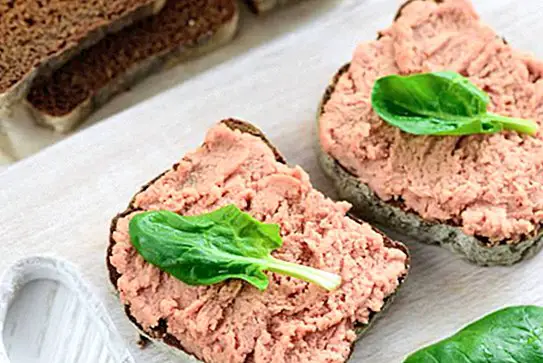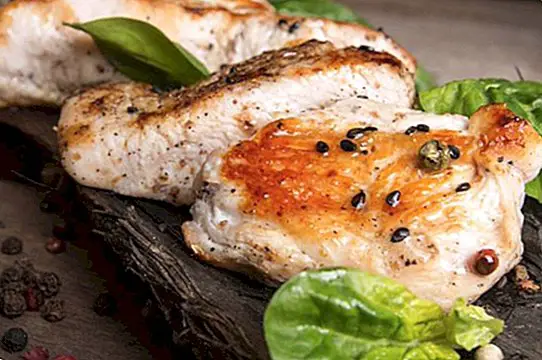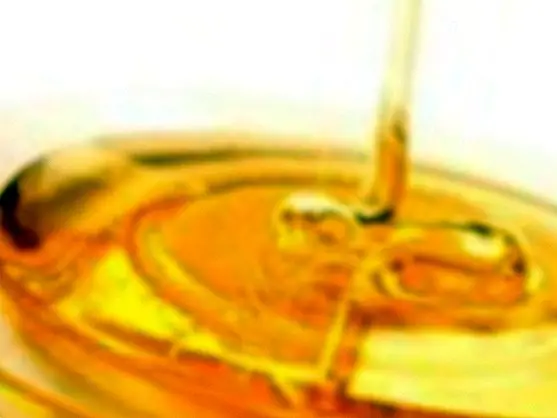This is all you need to know about the panga
Under the name of Pangasius hypophthalmus we find a species of fish of the family Pangasiidae, to which precisely belongs one of the fish that worse fame has enjoyed in recent months: the panga, a freshwater fish that becomes one of the main exports of Vietnam, and that since the beginning of the century is usually consumed both in Europe and in America.
That bad reputation began when a few years ago it was removed from the school menus of some autonomous communities. A measure that has been extended in the last months after the demand of the Spanish Confederation of Parents of Students (Ceapa), and that the group Serunion (in charge of the daily food of more than 80% of the public schools), was seen forced to remove the panga from their menus. 
In spite of all this alarm, the Spanish Ministry of Health transmits tranquility, given that until now it is insisting that our country has not yet received any sanitary or food alert related to the panga, indicating that it would meet all the requirements that the European Commission requires at the time it reaches the various border inspection points.
What is the panga? What does it consist of?
It consists of a White fish coming from the rivers and lakes of Vietnam and Thailand, specifically in the basins of the Mekong and Chao Phraya rivers, although nowadays it has also been introduced in other rivers.
The male fish can reach a total of 130 centimeters in length and weigh up to 40 kilos, and until now enjoyed a popularity recognized not only from a commercial point of view (grows at a great speed, in just eight or ten months), but because of it you can take advantage of almost everything, to have few thorns and be very easy to filetear.
Why is the panga in the spotlight?
In the opinion of responsible of Greenpeace Spain, there are some doubts about the conditions in which the panga occurs in the Mekong River (Vietnam), since it is a very polluted river, and that in turn the fish still generates a greater contamination "by the feces of millions of concentrated animals and by the antibiotics that are used".

There are also doubts about the conditions of production and workers, which sometimes occurs in conditions of "slavery."
Mercury content
On whether the panga would actually be a safe fish in terms of consumption, the truth is that although there are no health or food alerts so far, many organizations warn about their consumption.
In 2010, the Organization of Consumers and Users (OCU) carried out a study in which revealed the existence of small amounts of mercuryin 4 of the 23 panga fillets analyzed.
Although these values did not reach the authorized limits, the OCU itself advised a rather "moderate" consumption of the species, not recommending it to be consumed more than once a week.
Presence of listeria and cholera
The newspaperThe Galician Mail decided to send samples of panga to the Anfaco-Cecopesca laboratory for analysis, after purchasing them in different supermarkets in Vigo. 
The result was certainly alarming: in 6 of the 8 analyzed panga samples the presence of listeria monocytogenes was found, the bacillus that causes listeriosis, an infrequent but extremely serious infection.
In addition, traces of the bacteria were also found vibrio cholerae, the carrier bacteria of cholera.
Little nutritional content
To the doubts about its production and quality is added another related to its nutritional composition: Does not contain Omega 3 oils in significant amounts, as well as other essential nutrients, which does occur with other fish traditionally marketed in our country.
What to do in front of the panga?
In this case we prefer to echo the recommendation that the Organization of Consumers and Users gives about this fish: better not to abuse the pangaand avoid moderate and excessive consumption, trying to consume only once a week in case you opt for this kind of fish. This article is published for informational purposes only. You can not and should not replace the consultation with a Nutritionist. We advise you to consult your trusted Nutritionist. ThemesFish Food


